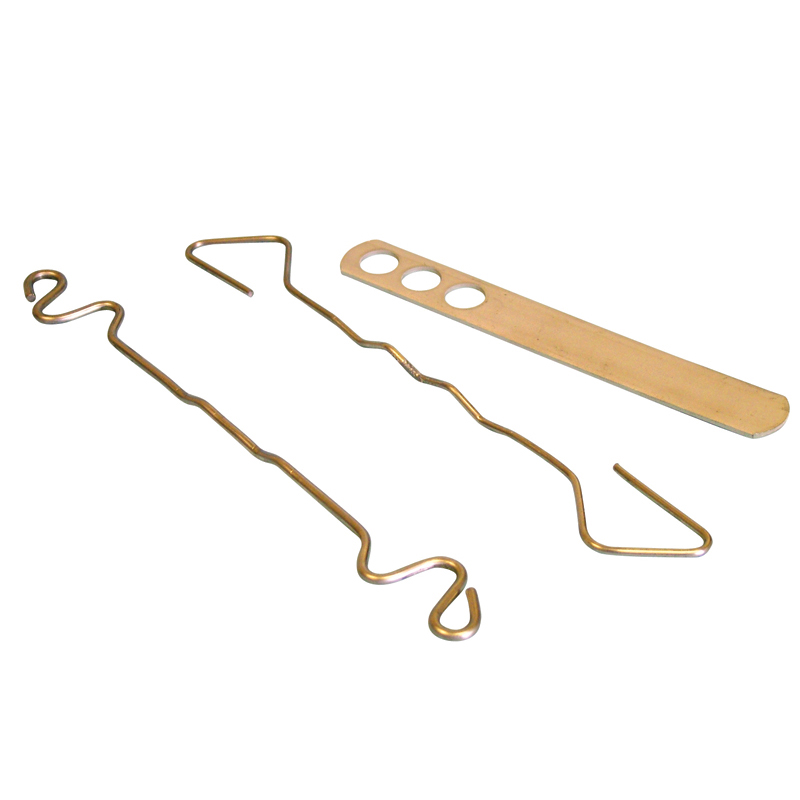
- Mobile Phone
- +8613931874955
- sales@cntcmetal.com
the tomato cage
The Tomato Cage A Gardener’s Best Friend
Tomatoes are a beloved staple in gardens around the world, known for their delicious flavors and vibrant colors. However, cultivating these luscious fruits requires proper care, and this is where the tomato cage comes into play. A tomato cage is an essential tool for any gardener, serving both functional and aesthetic purposes. In this article, we will explore the importance of tomato cages, their various types, and tips for effective use.
Why Use a Tomato Cage?
Tomato plants can grow tall and sprawling, often requiring support to prevent them from collapsing under the weight of their fruit. Without support, tomato plants can become tangled and may even suffer damage from wind or heavy rain. Using a tomato cage not only prevents these issues but also promotes healthier growth. By elevating the plants, cages allow for better air circulation and sunlight exposure, both of which are crucial for the flowering process and fruit production.
Additionally, a well-structured cage helps keep the tomatoes off the ground, reducing the risk of rot and pest infestations. This is particularly important in regions where moisture levels can lead to fungal diseases. Thus, incorporating a tomato cage into your gardening routine can lead to a more productive and bountiful harvest.
Types of Tomato Cages
Tomato cages come in a variety of shapes, sizes, and materials, each with its own advantages. The most common types are
1. Wire Cages These are typically made of galvanized steel or wire mesh and are known for their durability. They provide excellent support and are often adjustable in height. Wire cages are popular among gardeners who prefer a sturdy option that can withstand adverse weather conditions.
2. Tomato Ladders This innovative design features vertical supports and horizontal bars that resemble a ladder. Tomato ladders provide ample support and can be easily moved as plants grow, making them a versatile choice for larger gardens.
the tomato cage

3. DIY Cages For those who enjoy crafting and personalizing their gardening tools, making a tomato cage at home can be a fun project. Using materials like old fencing, bamboo stakes, or even repurposed items, gardeners can create unique and effective cages that suit their specific needs.
Tips for Using Tomato Cages
To get the most out of your tomato cages, consider the following tips
1. Choose the Right Size The height and width of your cage should match the variety of tomatoes you are growing. Determinate varieties, which grow to a certain height, may need shorter cages, while indeterminate varieties will require taller structures.
2. Install Early It is best to install your tomato cages at the time of planting. This way, you can avoid disturbing the roots later as the plants grow. Positioning the cage around the young plant will help guide its growth upwards.
3. Secure Properly Make sure your cage is stable and secured in the ground. In windy areas, consider anchoring the cage with additional stakes or weights to prevent it from toppling over.
4. Regular Maintenance As your plants grow, periodically check the cage for any signs of wear or damage. Adjust the cage if needed to accommodate the plant’s growth and ensure that the tomatoes remain supported.
Conclusion
The tomato cage is a simple yet vital tool for any tomato enthusiast. By providing essential support, enhancing air circulation, and protecting against pests, a well-chosen and properly used cage can significantly improve both the health of your plants and the quality of your harvest. Whether you opt for a store-bought option or get creative with a DIY project, incorporating tomato cages into your gardening practices is a step towards a successful and fruitful tomato crop. Happy gardening!
share:
-
The Ultimate Solution for Display Needs: Wire Grid PanelsNewsMay.06,2025
-
The Ultimate Guide to Galvanized Steel WireNewsMay.06,2025
-
Iron Binding Wire: The Ideal Solution for Your NeedsNewsMay.06,2025
-
Explore the Strength and Versatility of Galvanized Welded Wire FabricNewsMay.06,2025
-
Discover the Durability and Versatility of PVC Galvanized WireNewsMay.06,2025
-
Discover Quality China Stainless Steel Wire MeshNewsMay.06,2025
-
Understanding Wall Ties: Types and ImportanceNewsApr.28,2025



















